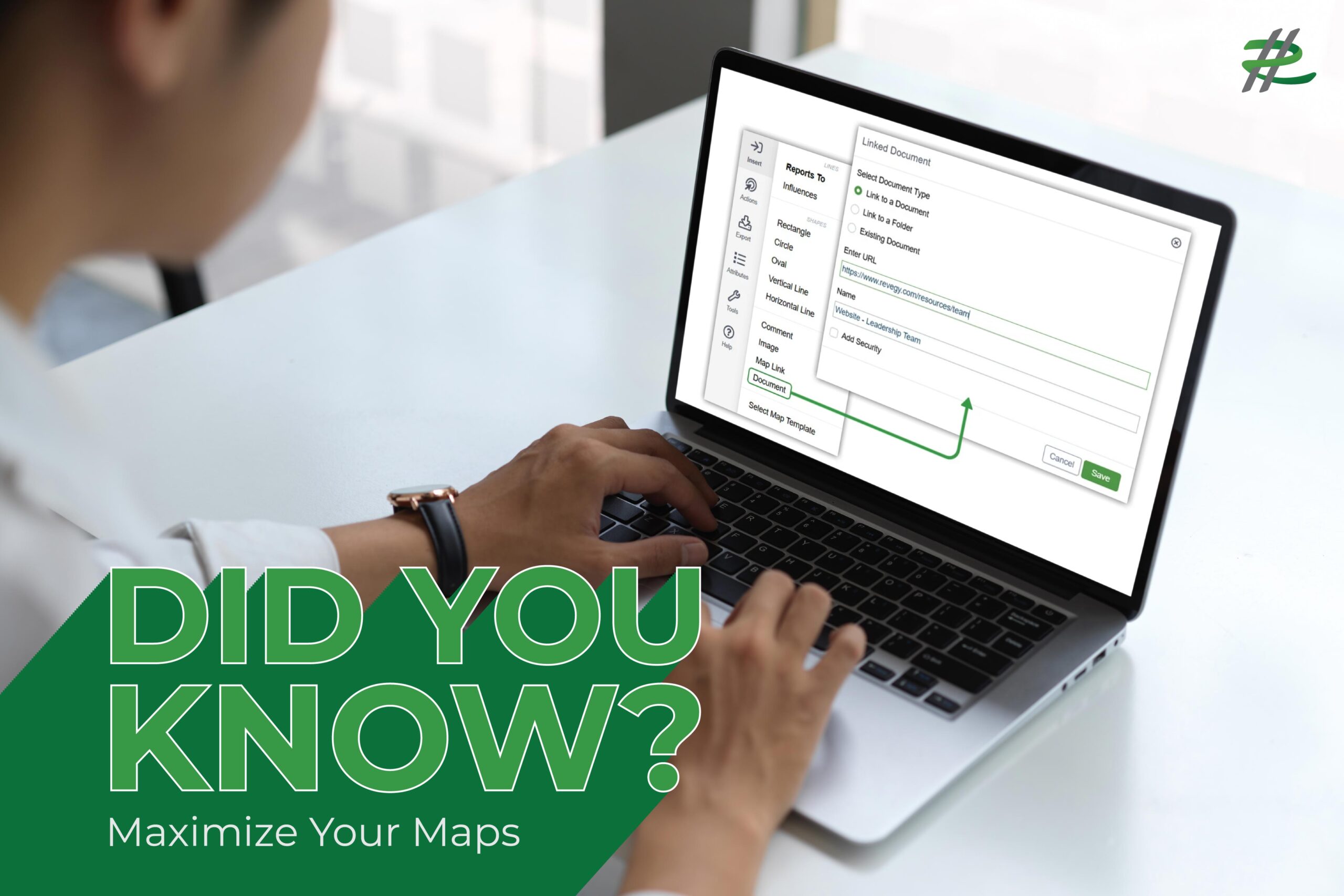A picture is worth a thousand words. In the world of sales, it’s worth a thousand hours and millions of dollars in revenue.
The Key to Actionable Account-Based Planning
The success of any enterprise sales team – whether that is defined by expanding key accounts, increasing win rates, or improving forecast accuracy – has a direct correlation to how well you know your customer and how effectively you can translate that knowledge into an actionable plan.
To do this, it’s critical to place the complex landscape of strategic accounts in a visual context. Visualization helps sales teams and managers more rapidly and completely comprehend the multi-dimensional account landscape. It makes complex data more accessible, understandable, usable – and most of all – actionable.
Consider military planning. Military operations are uncertain and unpredictable. They are complex endeavors—struggles between opposing human wills. Commanders face thinking and adaptive enemies. They can never predict with certainty how enemies will act and react, or how events will develop. Even friendly actions are difficult to predict because of friction, such as human mistakes and the effects of stress on individuals.
Leaders who understand the dynamic relationship that time and uncertainty have on enemy and friendly forces are better equipped to develop effective plans. Given the nature of operations, the objective of planning is not to eliminate uncertainty but to develop a framework for action in the midst of it.
To develop this framework, leaders must have visual tools – 3D navigation maps that plot out risks and opportunities within the enemy’s territory. Imagine using a flat, gas station map to develop and navigate these complex, multi-faceted military plans. Leaders would inevitably be left with a blind strategy with little to no understanding of the actual landscape.
Elevate Account-Based Sales with Visuals
Likewise, sales leaders must use visual, 3D tools to effectively reveal white spaces, gaps, and opportunities within accounts. Unfortunately, many sales teams still rely on manual and text-based approaches like CRM/SFA and Excel, that were never designed to deliver meaningful account-based selling or account management functionality beyond text fields and custom reports of manually collected data, leaving knowledge and information gaps that hold the key to protecting, defending and growing key account revenue
By placing the complex landscape of strategic accounts in a visual context, enterprise sales teams gain the customer-focused clarity they need to identify gaps, correlations and hidden opportunities not visible with CRM technologies or manual efforts. Unlike text-based data, visuals expose gaps in the data, providing actionable intelligence that holds the key to understanding what the customer values, and therefore is likely to buy. Visuals show sales teams where to focus and how to align directly with the changing needs of the customer.
Oracle’s Winning Approach to Account-Based Planning
Denise Matalas, VP of Strategic Programs at Oracle, elaborated on this idea: “The ability to map out relationships and get a visual image of who we’re connected with, where we may have gaps, is a powerful tool that has been very valuable to us… by allowing the entire account team to input information on the customers that are important to us at a strategic account level, and being able to see this visually has made a huge impact on our ability to manage and focus our effort on driving net new relationships and improving relationships with existing contacts.”
Visualization has the power to get the entire organization unified and working towards the goals and things that matter most to the customers, across their lifecycle, and across teams.
Related Account-Based Sales Resources:
- Webinar: Mission Critical: Account Planning for the Year Ahead
- eBook: Account-Based Planning Template
- Blog: KAM Enablement: Why CRM is Not Enough






